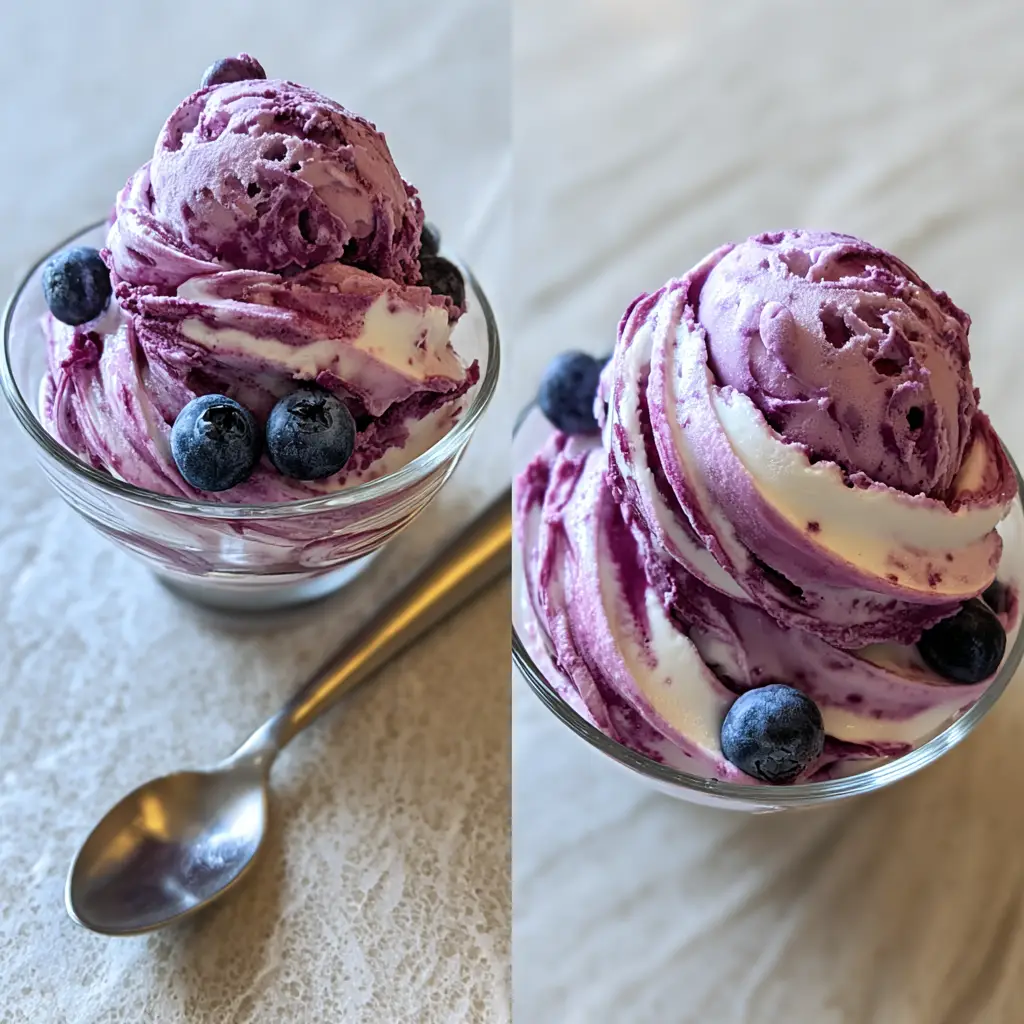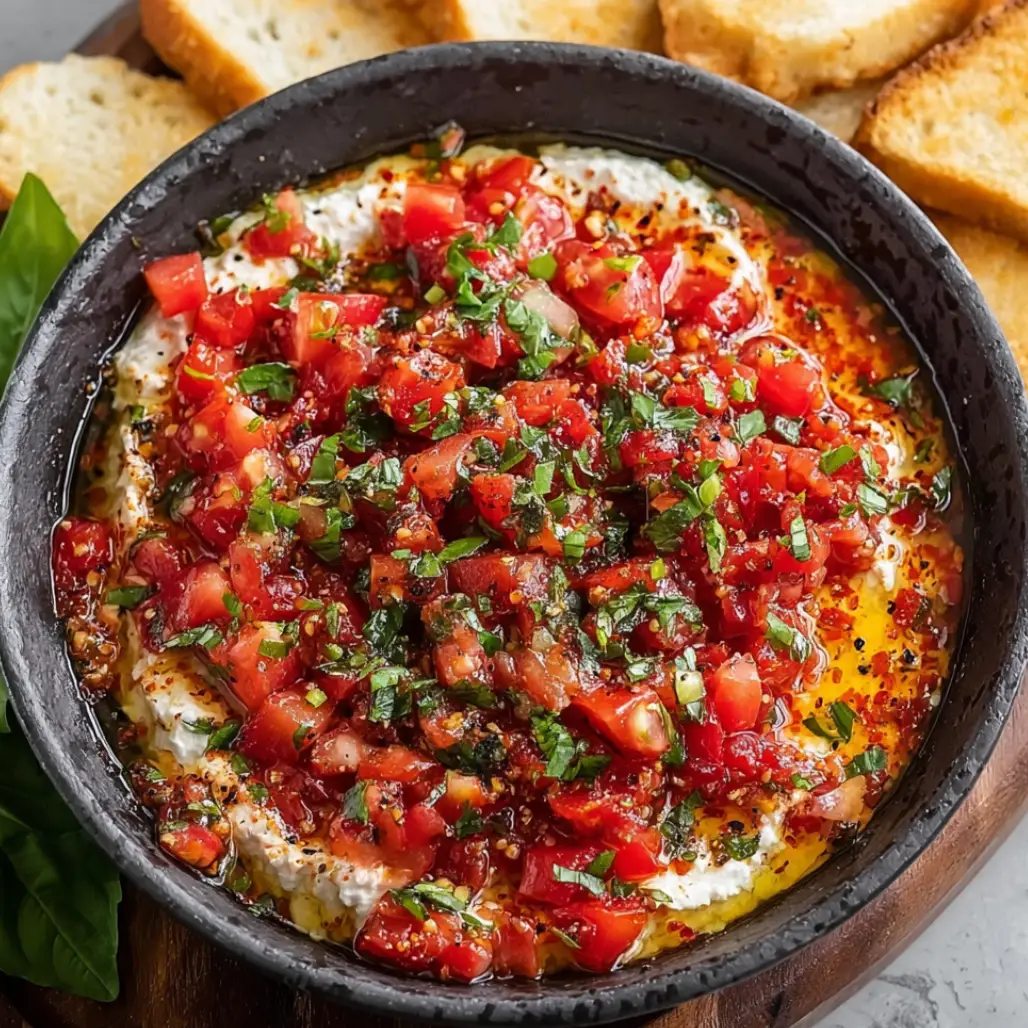| Prep Time: 15 minutes | Total Time: 4 hours | Serves: 6 |
|---|
When summer heat demands cooling relief that satisfies both health goals and dessert cravings, frozen Greek yogurt recipes deliver the perfect fusion of nutritious ingredients and indulgent flavors because they transform protein-rich yogurt into creamy, satisfying treats that rival commercial frozen desserts while maintaining beneficial probiotics and superior nutritional profiles. These versatile recipes showcase the remarkable ability of Greek yogurt to create luxurious frozen textures without requiring specialized equipment or artificial additives because the natural thickness and tanginess of strained yogurt provides the ideal foundation for countless flavor combinations that appeal to both health-conscious adults and treat-loving children throughout the warmer months.
Why These Frozen Greek Yogurt Recipes Work
The brilliance of frozen Greek yogurt recipes lies in their remarkable versatility and nutritional superiority compared to traditional frozen desserts because Greek yogurt naturally contains double the protein content of regular yogurt while maintaining probiotics that support digestive health even in frozen form. These recipes succeed where commercial alternatives often disappoint because they eliminate artificial preservatives, excessive sugars, and chemical stabilizers while delivering superior taste and texture through natural ingredients and proper preparation techniques.
The success of these recipes depends on understanding Greek yogurt’s unique properties because its concentrated protein structure and reduced water content create naturally creamy textures when frozen, eliminating the need for heavy creams or artificial thickeners that characterize less healthy alternatives. The natural tanginess of Greek yogurt provides an excellent balance to sweeteners while creating complex flavor profiles that develop beautifully during the freezing process because the cold temperatures enhance the contrast between sweet and tart elements.
Essential Ingredients for Perfect Results
2 cups whole milk Greek yogurt (plain, unsweetened for optimal texture and flavor control)
1/3 cup pure honey (or maple syrup for vegan adaptations)
2 teaspoons vanilla extract (pure extract for authentic flavor development)
1/4 cup fresh lemon juice (brightens flavors and prevents excessive freezing)
2 cups frozen mixed berries (strawberries, blueberries, raspberries for antioxidant benefits)
1 large ripe banana (frozen, for natural sweetness and creamy texture)
2 tablespoons coconut oil (melted, for smooth consistency and healthy fats)
1/4 cup unsweetened cocoa powder (for chocolate variations)
1/2 cup mini dark chocolate chips (optional, for textural interest)
2 tablespoons chia seeds (optional, for added nutrition and subtle crunch)
1/4 cup chopped pistachios (optional, for sophisticated flavor and texture)
Pinch of sea salt (enhances all flavors and balances sweetness)
The Art of Creating Exceptional Frozen Greek Yogurt
Creating exceptional frozen Greek yogurt requires understanding the delicate balance between sweetness and acidity because Greek yogurt’s natural tang intensifies during freezing, requiring adequate sweetening to maintain palatability while preserving the characteristic tartness that distinguishes quality frozen yogurt from overly sweet commercial alternatives. The key lies in recognizing that frozen desserts lose perceived sweetness as temperatures drop, necessitating slightly higher sweetener levels than might seem appropriate at room temperature.
Success depends on mastering texture management through proper ingredient ratios and freezing techniques because Greek yogurt’s protein structure can become grainy if handled improperly, while insufficient fat content creates icy textures that detract from the luxurious mouthfeel that characterizes exceptional frozen yogurt. The incorporation of natural fats through ingredients like coconut oil or the yogurt’s inherent fat content ensures smooth, creamy results that maintain their appeal throughout the freezing and serving process.
Step-by-Step Instructions for Perfect Results
Begin by ensuring all ingredients are at optimal temperatures because room temperature Greek yogurt mixes more easily while frozen fruits maintain their integrity better when added at proper stages of the preparation process. Allow refrigerated yogurt to warm slightly while keeping frozen ingredients solidly frozen for best results.
Professional Tip: Use a kitchen scale to measure Greek yogurt because volume measurements can vary significantly depending on how much air has been incorporated during packaging and handling.
Key Points: Proper temperature management ensures optimal mixing consistency while preventing premature melting that could compromise the final texture of your frozen Greek yogurt recipes.
In a large mixing bowl, whisk the Greek yogurt until smooth and creamy because this initial step breaks down any lumps while creating a uniform base that accepts additional ingredients evenly throughout the mixture. Continue whisking until the yogurt reaches a completely smooth consistency without any visible lumps or separation.
Professional Tip: If the yogurt seems too thick for easy whisking, add one tablespoon of milk at a time until you achieve a creamy, pourable consistency that mixes easily.
Key Points: Achieving smooth yogurt consistency creates the foundation for professional-quality frozen Greek yogurt that maintains uniform texture throughout the freezing process.
Add honey, vanilla extract, lemon juice, and melted coconut oil to the smoothed yogurt, whisking continuously until all ingredients are completely incorporated because thorough mixing prevents separation during freezing while ensuring even flavor distribution in every serving. The mixture should appear uniform in color and texture.
Professional Tip: Drizzle liquid ingredients slowly while whisking constantly because this technique prevents ingredient separation and creates more stable emulsions that maintain their integrity during freezing.
Key Points: Complete ingredient integration prevents flavor inconsistencies while creating stable mixtures that freeze uniformly and maintain smooth textures throughout storage.
For fruit variations, add frozen berries or banana pieces to the mixture, folding gently to distribute evenly without crushing the fruit because intact fruit pieces provide textural interest while preventing excessive liquid release that could create icy patches in the finished product.
Professional Tip: Toss frozen fruit pieces in a small amount of the yogurt mixture before folding into the main batch because this coating prevents fruit from clumping together during freezing.
Key Points: Gentle fruit incorporation maintains textural integrity while ensuring even distribution that creates consistent flavor experiences in every serving of frozen Greek yogurt.
For chocolate variations, sift cocoa powder to remove lumps before whisking into the yogurt mixture because unsifted cocoa can create grainy textures while proper incorporation ensures rich, smooth chocolate flavor throughout the finished product.
Professional Tip: Mix cocoa powder with a small amount of the liquid ingredients first to create a smooth paste before adding to the main mixture because this prevents lumps and ensures even distribution.
Key Points: Proper cocoa incorporation creates smooth, rich chocolate flavors while preventing the grainy textures that can occur when dry cocoa powder isn’t properly integrated.
Transfer the mixture to a shallow, freezer-safe container because increased surface area promotes faster, more even freezing while making the stirring process more effective for preventing large ice crystal formation that creates undesirable textures.
Professional Tip: Use a metal pan if available because metal conducts cold more efficiently than glass or plastic, creating faster freezing that produces smaller ice crystals and smoother textures.
Key Points: Container selection significantly affects freezing efficiency and final texture quality in homemade frozen Greek yogurt recipes that rely on proper freezing techniques for optimal results.
Place the container in the freezer and stir vigorously every 30 minutes for the first 2 hours because regular agitation breaks up ice crystals as they form, creating the smooth, creamy texture that distinguishes quality frozen yogurt from icy alternatives.
Professional Tip: Use a fork to stir rather than a spoon because the tines break up ice crystals more effectively while the stirring motion distributes ingredients evenly throughout the freezing mixture.
Key Points: Consistent stirring intervals prevent large ice crystal formation while ensuring even freezing that creates professional-quality textures without specialized equipment.
After 2 hours of stirring, allow the frozen Greek yogurt to freeze undisturbed for an additional 2-4 hours until firm but scoopable because this final freezing period allows the texture to set properly while maintaining the creamy consistency developed through the stirring process.
Professional Tip: Test doneness by inserting a spoon into the center because properly frozen yogurt should hold its shape when scooped but yield easily to pressure without excessive force.
Key Points: Proper final freezing creates the ideal serving consistency that balances firmness with scoopability for optimal enjoyment and presentation of homemade frozen Greek yogurt.
Remove from freezer 5-10 minutes before serving to achieve optimal scooping consistency because this brief tempering period allows the surface to soften slightly while maintaining the firm interior that provides satisfying texture contrast.
Professional Tip: Run the ice cream scoop under warm water between scoops because this technique creates cleaner, more attractive servings while preventing the yogurt from sticking to the scoop.
Key Points: Proper tempering and serving techniques ensure optimal texture and presentation that showcases the quality and care invested in creating exceptional frozen Greek yogurt recipes.
Professional Tips for Culinary Excellence
Fat content significantly affects the final texture because full-fat Greek yogurt creates creamier results than low-fat alternatives, while the natural fats prevent excessive ice crystal formation that characterizes inferior frozen desserts. Choose yogurt with at least 2% fat content for optimal results, though whole milk varieties produce the most luxurious textures.
Sweetener selection impacts both flavor and texture because different sweeteners affect freezing points and crystal formation in unique ways, with honey and maple syrup creating smoother textures than granulated sugars due to their liquid consistency and complex sugar structures that interfere with ice crystal development.
Timing coordination ensures optimal results because frozen ingredients should remain frozen until use while room temperature ingredients should be properly warmed for easy mixing, creating the ideal conditions for successful preparation without compromising ingredient integrity or final texture quality.
Creative Variations to Explore
Transform your frozen Greek yogurt recipes into sophisticated desserts by incorporating gourmet flavor combinations such as lavender honey with fresh figs, or cardamom with rose water and pistachios because these unique pairings create memorable experiences that elevate simple frozen yogurt into restaurant-quality presentations suitable for elegant entertaining.
For chocolate enthusiasts, create decadent variations by layering chocolate frozen yogurt with peanut butter swirls, adding espresso powder for mocha flavors, or incorporating crushed cookies for cookies-and-cream variations because these indulgent additions satisfy dessert cravings while maintaining the nutritional benefits of the Greek yogurt base.
Develop seasonal specialties by incorporating autumn spices like cinnamon and nutmeg with apple pieces, or summer combinations featuring fresh peach and basil because seasonal adaptations demonstrate creativity while taking advantage of peak ingredient flavors that create memorable frozen treats throughout the year.
Perfect Pairing Ideas for Complete Experiences
Serve your frozen Greek yogurt creations alongside refreshing beverages that complement the cool, creamy textures while cleansing the palate between bites, creating complete dessert experiences that satisfy multiple sensory preferences without overwhelming the delicate frozen yogurt flavors.
Create elegant dessert presentations by pairing frozen Greek yogurt with dessert recipes that provide textural contrast such as crispy cookies or warm fruit compotes because the temperature and texture differences create sophisticated dining experiences that showcase culinary creativity.
For entertaining purposes, incorporate frozen Greek yogurt into dessert spreads alongside snacks and appetizers that bridge sweet and savory flavors, allowing guests to customize their dessert experiences while accommodating various dietary preferences and taste preferences.
Discover More Culinary Adventures
Expand your healthy dessert repertoire with complementary breakfast favorites that showcase Greek yogurt’s versatility in both sweet and nutritious applications, demonstrating how single ingredients can create variety across different meal categories and dietary approaches.
Build comprehensive meal planning skills by incorporating frozen Greek yogurt into balanced eating patterns that include perfect sides and complete nutrition profiles that support active lifestyles while satisfying dessert cravings through wholesome ingredient choices.
Explore creative presentation techniques with savory sides that demonstrate how sweet and savory elements can work together in comprehensive menu planning that showcases culinary versatility and sophisticated flavor understanding.
Storage Guidelines for Optimal Quality
Store homemade frozen Greek yogurt in airtight containers in the freezer for up to one month because proper storage prevents ice crystal formation while maintaining flavor integrity throughout the recommended consumption period. Label containers with preparation dates to ensure quality control and optimal enjoyment timing.
For optimal texture retention, divide large batches into individual serving containers because smaller portions thaw more quickly and evenly, preventing the texture degradation that occurs when large containers are repeatedly exposed to temperature fluctuations during serving.
Prevent freezer burn by pressing plastic wrap directly onto the yogurt surface before sealing containers because this technique eliminates air exposure that causes quality deterioration while maintaining the smooth textures that distinguish homemade frozen Greek yogurt from inferior alternatives.
The Science Behind Perfect Frozen Yogurt
Greek yogurt’s unique protein structure creates natural thickening properties because the straining process removes whey while concentrating casein proteins that provide stability during freezing, explaining why Greek yogurt produces superior frozen textures compared to regular yogurt varieties that contain higher water content.
Ice crystal formation depends on sugar concentration and stirring frequency because dissolved sugars interfere with crystal growth while mechanical agitation breaks forming crystals into smaller sizes, creating the smooth textures that characterize professional-quality frozen desserts achieved through proper technique.
Probiotic survival during freezing varies with temperature and duration because while freezing doesn’t kill beneficial bacteria, it does slow their activity, meaning homemade frozen Greek yogurt retains more probiotic benefits than commercial alternatives that undergo extensive processing and extended storage periods.
Troubleshooting Common Issues
If frozen Greek yogurt becomes too icy, insufficient fat content or inadequate stirring likely caused the problem because ice crystal formation requires disruption during the freezing process while natural fats provide smoothness that prevents crystalline textures. Increase stirring frequency and consider higher-fat yogurt for future batches.
Overly tart flavors indicate insufficient sweetening because Greek yogurt’s natural acidity intensifies during freezing, requiring adequate sweetener levels to maintain palatability without overwhelming the characteristic tang that distinguishes quality frozen yogurt from overly sweet commercial alternatives.
Grainy textures suggest improper mixing or temperature management because protein structures can become disrupted when ingredients aren’t properly integrated or when temperature fluctuations occur during freezing, requiring attention to mixing techniques and consistent freezer temperatures.
Additional Inspirations for Healthy Living
Create themed dessert menus featuring frozen Greek yogurt alongside flavored dips and marinades that demonstrate versatility in healthy ingredient applications while providing interactive dining experiences that engage guests in customizing their dessert presentations.
Build confidence in healthy dessert making by exploring complementary techniques that utilize similar principles while expanding your understanding of how nutritious ingredients can create satisfying treats that support wellness goals without sacrificing enjoyment or social dining experiences.
Develop seasonal menu planning skills by incorporating frozen Greek yogurt variations into year-round entertaining strategies that showcase fresh, local ingredients while demonstrating how fundamental techniques adapt to create variety throughout different seasons and occasions.
Conclusion
These frozen Greek yogurt recipes represent the perfect synthesis of health consciousness and indulgent satisfaction because they deliver the creamy, rich textures and complex flavors of premium frozen desserts while providing superior nutritional profiles that support active lifestyles and wellness goals. The versatility of Greek yogurt as a base ingredient opens endless possibilities for creative flavor combinations and seasonal adaptations that keep dessert menus fresh and exciting throughout the year.
The accessibility of these recipes makes quality frozen desserts achievable for home cooks of all skill levels because they require no specialized equipment or complex techniques while producing results that rival expensive commercial alternatives in both taste and nutritional value. Whether enjoyed as healthy afternoon snacks, elegant dinner party desserts, or nutritious treats for growing families, frozen Greek yogurt recipes provide the foundation for countless memorable moments that celebrate the perfect balance between indulgence and wellness in modern home cooking.









